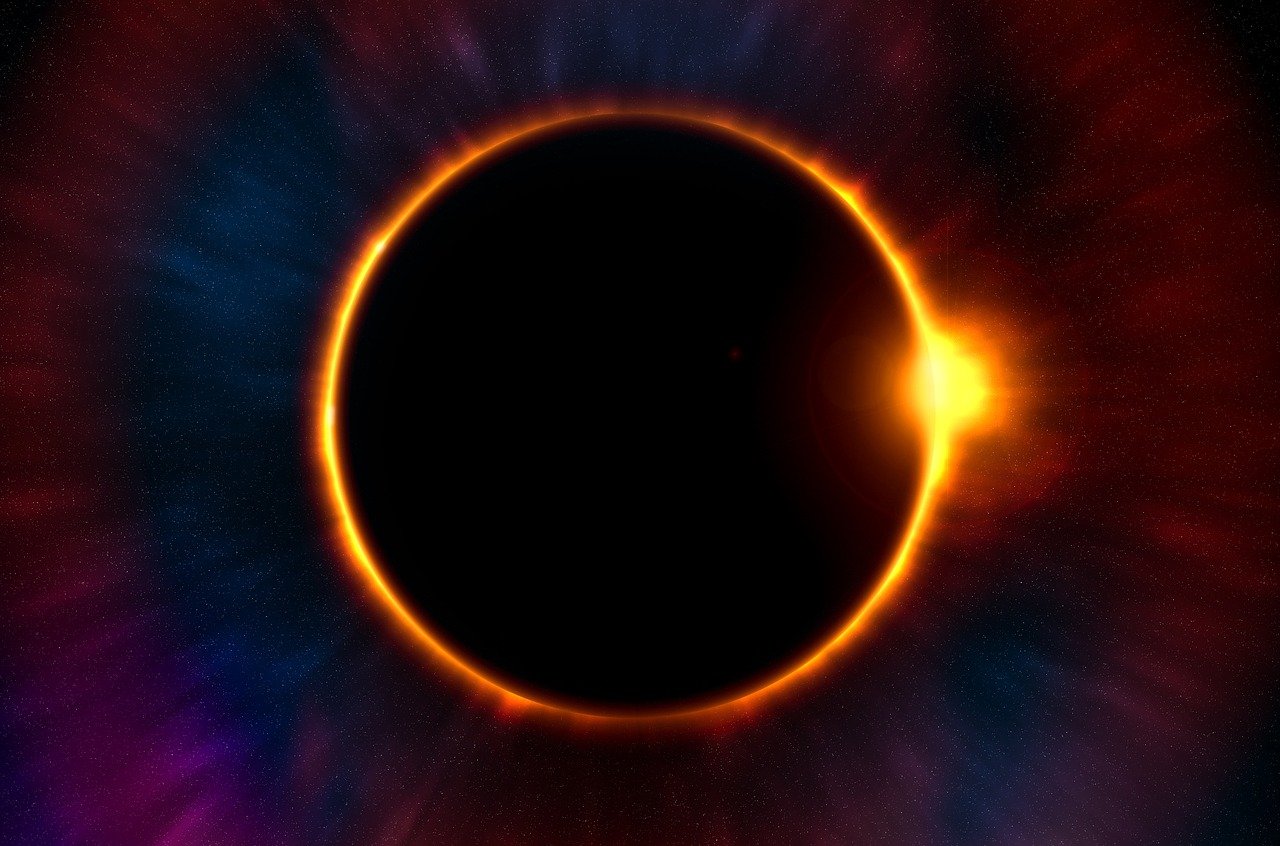As the celestial ballet unfolds on Monday, April 8, 2024, North America will be treated to a mesmerizing display of nature’s grandeur—a total solar eclipse. This rare astronomical event, where the moon obscures part or all of the sun, will captivate audiences across the continent, offering a once-in-a-lifetime opportunity to witness the cosmos in motion.
The eclipse, slated to commence in northern Mexico before traversing through 15 U.S. states and six Canadian provinces, promises a breathtaking journey across the sky. The path of totality, a narrow strip where the sun’s corona becomes visible as darkness envelops the landscape, will stretch over 9,200 miles, captivating spectators with its awe-inspiring beauty.
For those within the path of totality, the eclipse will unfold in a series of mesmerizing stages. Beginning in Mazatlán, Mexico, at 11:07 a.m. MST, the moon’s shadow will sweep across North America at a staggering speed of 1,500 mph, traversing six time zones before culminating in Newfoundland, Canada, at 5:16 p.m. NDT. The total eclipse will last approximately 100 minutes, offering viewers a fleeting glimpse of the sun’s hidden splendor.
In the United States, the path of totality will traverse through Texas, Oklahoma, Arkansas, Missouri, Illinois, Kentucky, Indiana, Ohio, Pennsylvania, New York, Vermont, New Hampshire, and Maine. For residents within this corridor, the eclipse will present a celestial spectacle unlike any other, with the moon briefly blocking out the sun’s radiant glow and revealing its ethereal corona.

For those outside the path of totality, fear not, as the entire continent will still experience a partial solar eclipse. Though not as dramatic as totality, the partial eclipse will offer its own unique spectacle, with the moon partially obscuring the sun and casting intriguing shadows across the landscape.
To ensure a safe and enjoyable viewing experience, experts recommend using solar eclipse glasses or viewers to protect your eyes from the sun’s intense rays. Additionally, taking note of the timetable provided by resources such as Timeanddate’s dedicated page for the eclipse can help you plan your viewing experience down to the minute, ensuring you don’t miss a single moment of this celestial extravaganza.
As anticipation mounts and excitement builds, millions across North America eagerly await the arrival of April 8, 2024, when the sky will come alive with the magic of a total solar eclipse. Whether you’re within the path of totality or watching from afar, this rare celestial event promises to be a sight to behold, leaving an indelible mark on all who witness its splendor.
